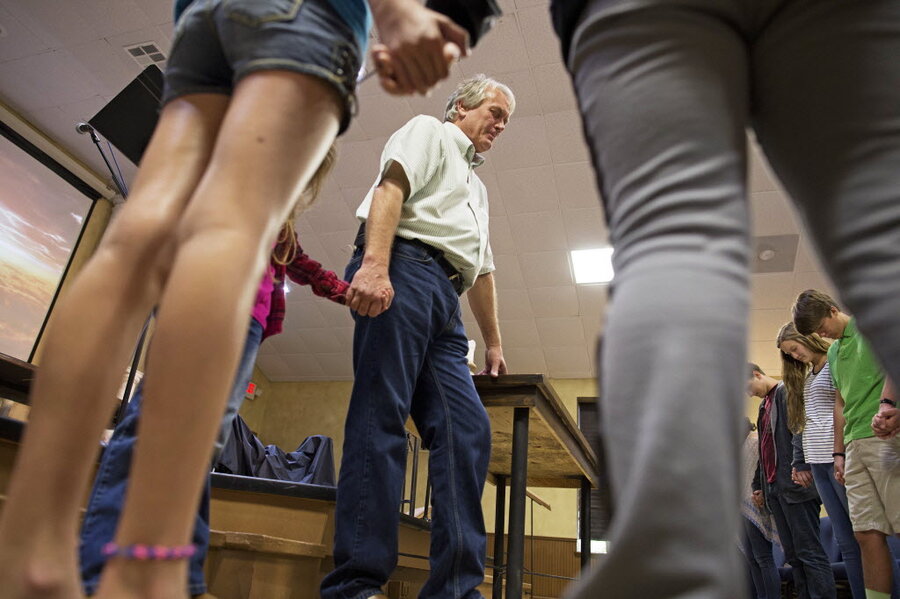Why the tweet #prayfor has staying power
Loading...
A popular hashtag on Twitter these days starts with #prayfor, followed by the place of a major tragedy, such as #prayforNice or #prayforOrlando. In politics, Hillary Clinton often tweets about praying after such tragedies while Donald Trump has welcomed prayers from church leaders. In the United States, meanwhile, major media have begun to take note of the high number of prayer services held in religious institutions, especially after such tragedies.
At a time of a decline in church attendance, why is prayer still so prominent in the public square?
One reason, suggests a nationwide survey by the nonpartisan Barna Group, is that a majority of American adults – 66 percent – believe that God can heal. Even more people (68 percent) have prayed for God to heal someone. And more than a quarter of American adults have experienced healing through prayer.
Both the practice and belief about prayer vary widely by region, gender, race, education, age, and religious affiliation. Blacks, for example, are twice as likely as whites to say they have experienced spiritual healing. Still, the role of prayer in daily life has remained a powerful presence, as witnessed after recent tragedies, on social media, and in surveys. According to N.T. Wright, a famous Anglican theologian, the purpose of prayer for Christians, based on Jesus’s instructions in the Lord’s Prayer, is “to seek God’s power in furthering its ultimate fulfillment.”
Barna’s editor in chief, Roxanne Stone, explains the results of the recent survey on prayer this way:
“In a post-religious, scientifically-driven culture, these high levels of belief in the miraculous may come as a surprise to many. But being sick personally, or having someone you love face a serious illness, is one of the most vulnerable and devastating experiences of a person’s life. It’s a moment that drives many – even those who do not believe in God – to their knees in desperation. Many people seek God in that space when they may not otherwise. This is an opportunity for church leadership to come alongside people and guide them in these spiritual experiences.”
The Barna poll is similar to the findings of previous surveys about prayer, such as the federal government’s General Social Survey. A recent study by Baylor University in Texas found nearly 9 of 10 Americans have relied upon healing prayer at some point in their lives. “Outside of belief in God, there may be no more ubiquitous religious expression in the US than use of healing prayer,” says Jeff Levin, director of the program on religion and population health at Baylor.
In an age of skepticism about religion, such news about prayer is something to tweet about.







